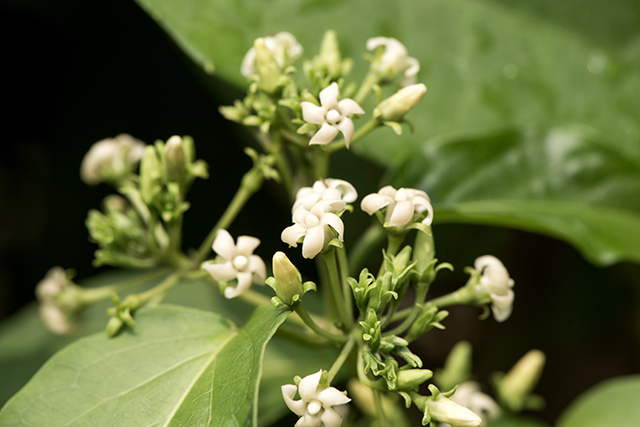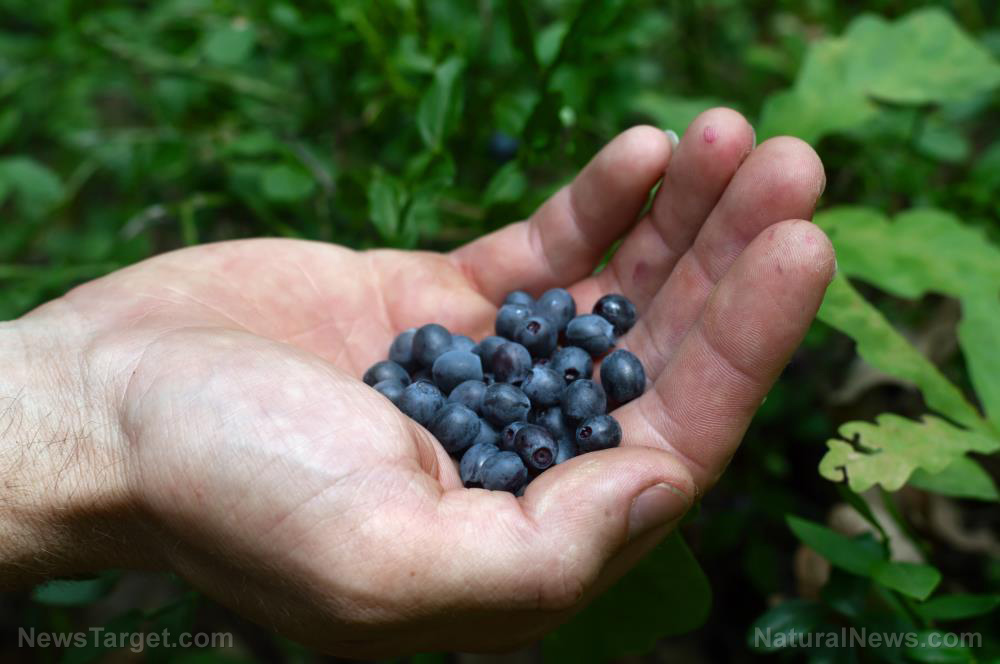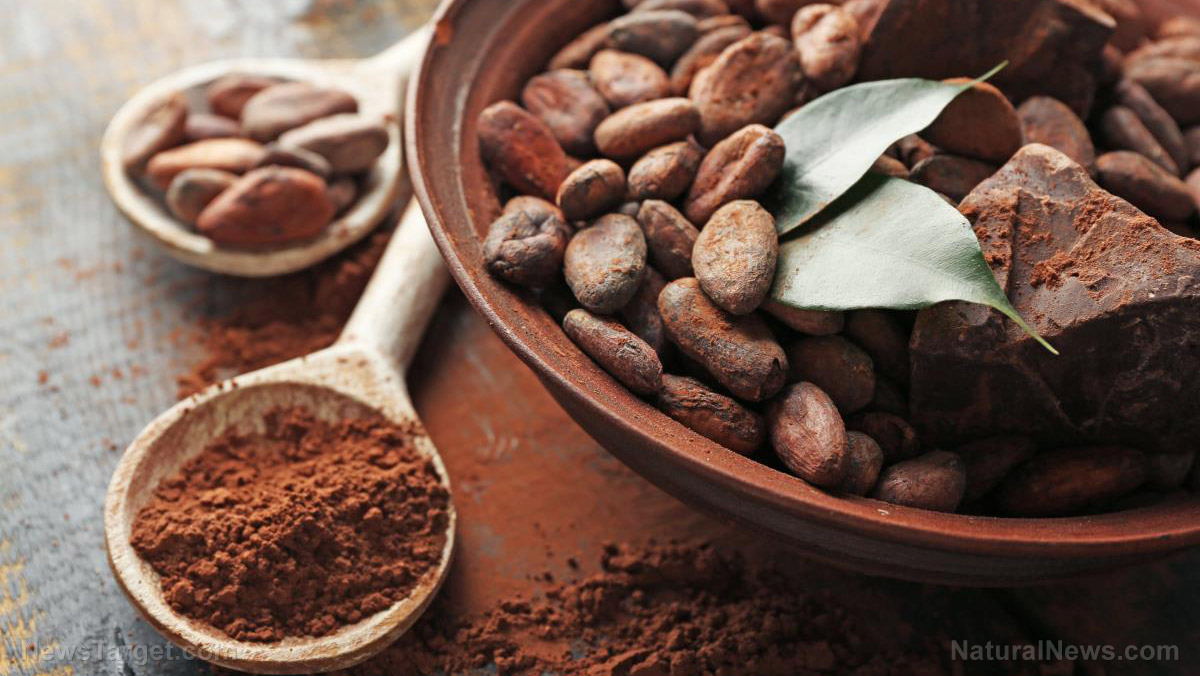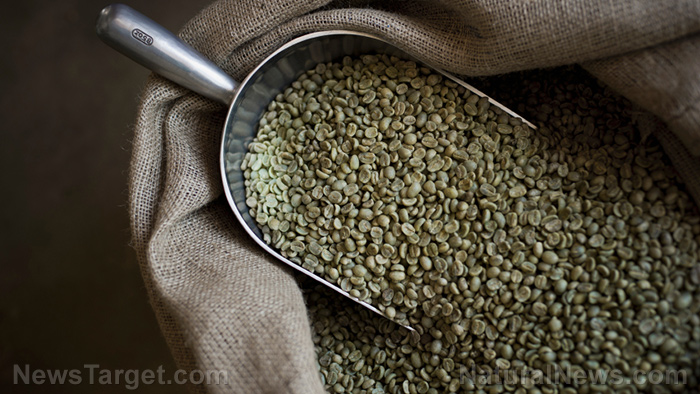Study shows that psychotropic plants can help treat diabetes
04/24/2019 / By Edsel Cook

Ayahuasca is a mind-altering drink made from two different South American plants, the ayahuasca vine (Banisteriopsis caapi) and the shrub Psychotria viridis. Researchers reported that this ancient drink contained harmine, a psychoactive compound that could potentially treat diabetes if taken alongside a new synthetic compound.
The combination of harmine and transforming growth factor-beta superfamily (TGFbetaSF) inhibitor could speed up the replication of beta cells, the cells in the pancreas that produce insulin. When these cells were destroyed or worn out, their production of the important hormone slows down or even stop outright, leading to the onset of diabetes.
Beta cells only undergo replication during the early phase of life. However, researchers at the Mount Sinai Hospital believed that harmine-based therapy could get beta cells to divide again.
In 2015, Mount Sinai researcher and study author Andrew Stewart reported that treating beta cells with harmine increased their numbers by two percent per day. Stewart followed up on the promising results of his initial experiment by looking for ways to speed up the cell division rate. (Related: Ayahuasca’s health-promoting abilities now proven by science.)
The harmine in ayahuasca could be the key to regenerating the pancreas
The latest experiment by Stewart and his colleagues found that pairing up harmine with the inhibitor of another molecule raised the rate of cell division to anywhere between five to eight percent. Some of the combinations that underwent testing achieved an 18 percent division rate.
The Mount Sinai research team started out with harmine as a random pick out of 100,000 compounds back in 2015. Harmine affected many parts of the body, such as the brain and the gut.
Harmine stopped the activity of dual-specificity tyrosine-regulated kinase 1A (DYRK1A), an enzyme that was also found throughout the body. DYRK1A could activate or deactivate a molecule by adding chemical tags. Among its roles included regulating the development of the central nervous system of the embryo.
Likewise, harmine’s partner molecule inhibited the activity of TGFbetaSF. The targeted protein group are also involved in numerous bodily processes, such as cell proliferation.
Stewart’s team decided to target DYRK1A and TGFbetaSF after the results of earlier experiments with insulinomas. Benign tumors made up of cancerous beta cells, insulinomas are normally used for pancreatic cancer research.
They identified the processes that spurred the rapid growth of insulinomas. Their idea was to use those same processes to get healthy beta cells to divide much much faster, although not as fast as a cancer.
Experimental treatment gets beta cells to divide much faster
The Mount Sinai researchers tracked down the targets of the DYRK1A enzyme and TGFbetaSF proteins. They found that inhibiting these targets turned off the regulatory systems that normally prevented a healthy cell from dividing at the uncontrollably fast rate of a cancer cell.
Harmine could shut down DYRK1A while the synthetic molecule could similarly turn off TGFbetaSF. When administered together, they allowed the pancreatic beta cells to multiply at a faster rate.
The concept of using harmine alongside another inhibitory molecule was far from ready. For one thing, since the experimental therapy got healthy cells to reproduce nearly as fast as cancer cells, there were concerns that it could trigger pancreatic cancer.
Furthermore, the effects of harmine was not restricted to just beta cells. It also triggered cellular division in other pancreatic cells, as well as many other non-pancreatic cells that also produce hormones.
Last but not least, while it could replenish the number of beta cells that were destroyed by Type 1 diabetes, it did not stop the disease itself from attacking the pancreas again. Still, a harmine-based treatment could help Type 2 diabetes patients, whose pancreatic beta cells simply wore out instead of being attacked by the immune system.
Sources include:
Tagged Under: ayahuasca, beta cells, diabetes prevention, harmine, healing, herbal remedies, Herbs, insulin, pancreas, plant medicine, prevent diabetes



















